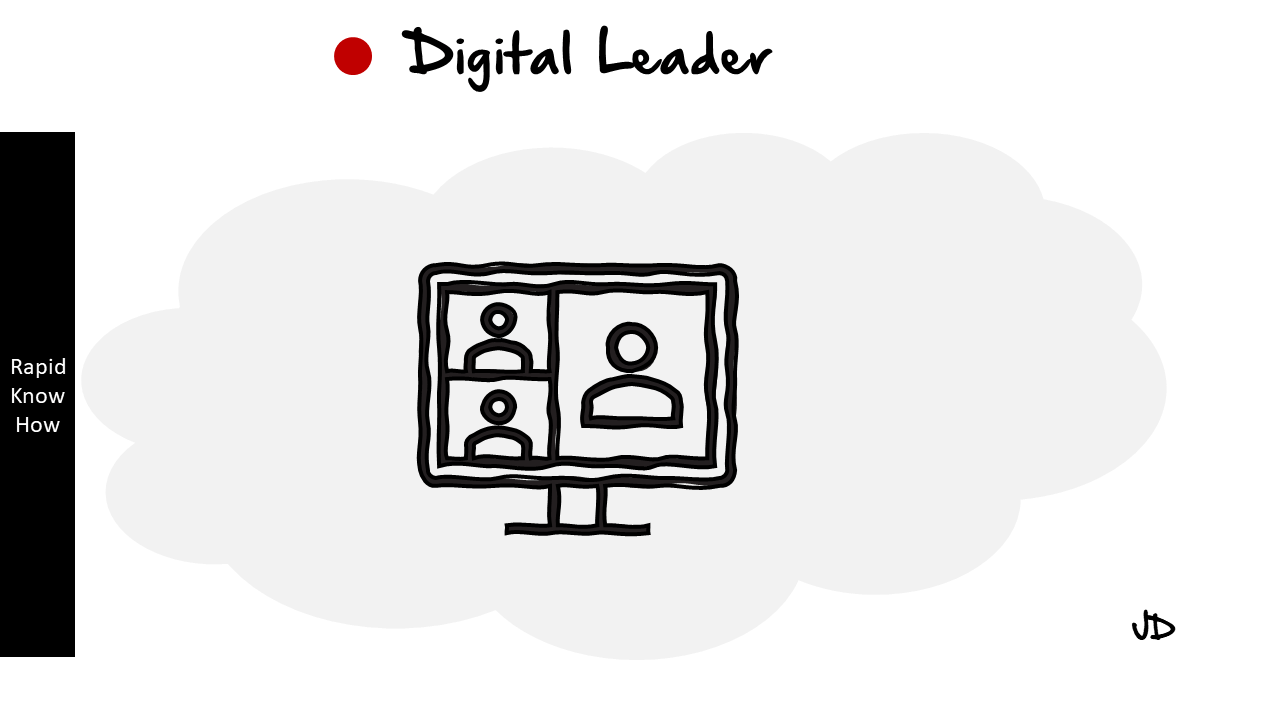Microsoft drives success through several key strategies and factors:
1. Diversified Product Portfolio: Microsoft offers a wide range of products and services, including operating systems (Windows), productivity software (Microsoft Office), cloud computing (Azure), gaming (Xbox), hardware (Surface devices), and more. This diversified product portfolio allows Microsoft to tap into multiple markets and revenue streams, reducing its reliance on any single product or service.
2. Cloud Computing: Microsoft’s cloud computing platform, Azure, has experienced significant growth and has become one of the leading players in the industry. Azure provides businesses with a range of cloud-based services, including infrastructure as a service (IaaS), platform as a service (PaaS), and software as a service (SaaS). Microsoft’s focus on cloud computing has helped it capture a significant share of the growing cloud market and generate substantial revenue.
3. Enterprise Solutions: Microsoft has a strong presence in the enterprise market, offering a range of solutions tailored to businesses of all sizes. Microsoft Office, including applications like Word, Excel, and PowerPoint, is widely used in offices worldwide. Additionally, Microsoft provides enterprise software solutions, such as Dynamics365 for customer relationship management (CRM) and enterprise resource planning (ERP). These enterprise solutions contribute to Microsoft’s success by providing reliable and efficient tools for businesses.
4. Strategic Acquisitions: Microsoft has made strategic acquisitions to expand its capabilities and enter new markets. Notable acquisitions include LinkedIn, GitHub, and Minecraft. These acquisitions have allowed Microsoft to diversify its offerings, tap into new user bases, and strengthen its position in various industries.
5. Focus on Innovation: Microsoft invests heavily in research and development to drive innovation. The company has a strong focus on emerging technologies such as artificial intelligence (AI), machine learning, and quantum computing. Microsoft’s commitment to innovation helps it stay at the forefront of technological advancements and create new opportunities for growth.
6. Partnerships and Collaboration: Microsoft actively collaborates with other companies and organizations to enhance its products and services. For example, Microsoft has partnerships with hardware manufacturers to ensure compatibility with its software, and it collaborates with developers to create a robust ecosystem of applications. These partnerships and collaborations help Microsoft expand its reach and provide better solutions to its customers.
7. Strong Customer Relationships: Microsoft has built strong relationships with its customers, including individuals, businesses, and governments. The company provides ongoing support, regular updates, and training resources to ensure customer satisfaction. Microsoft’s focus on customer needs and feedback helps it build loyalty and maintain long-term relationships.
8. Corporate Social Responsibility: Microsoft is committed to corporate social responsibility (CSR) initiatives, including sustainability, accessibility, and digital inclusion. The company invests in renewable energy, supports education programs, and promotes diversity and inclusion. Microsoft’s CSR efforts contribute to its success by enhancing its reputation and attracting socially conscious customers.
By combining these strategies and factors, Microsoft has been able to drive success and maintain its position as one of the world’s leading technology companies.
